- Expert advice/
- Fashion & beauty/
- Wedding attire/
- A Guide to Filipiniana Wedding Dresses + 3 Ideas to Get Inspired
- Wedding attire
A Guide to Filipiniana Wedding Dresses + 3 Ideas to Get Inspired
Learn how to create your perfect Filipiniana look on your wedding day.
Last updated February 5, 2024
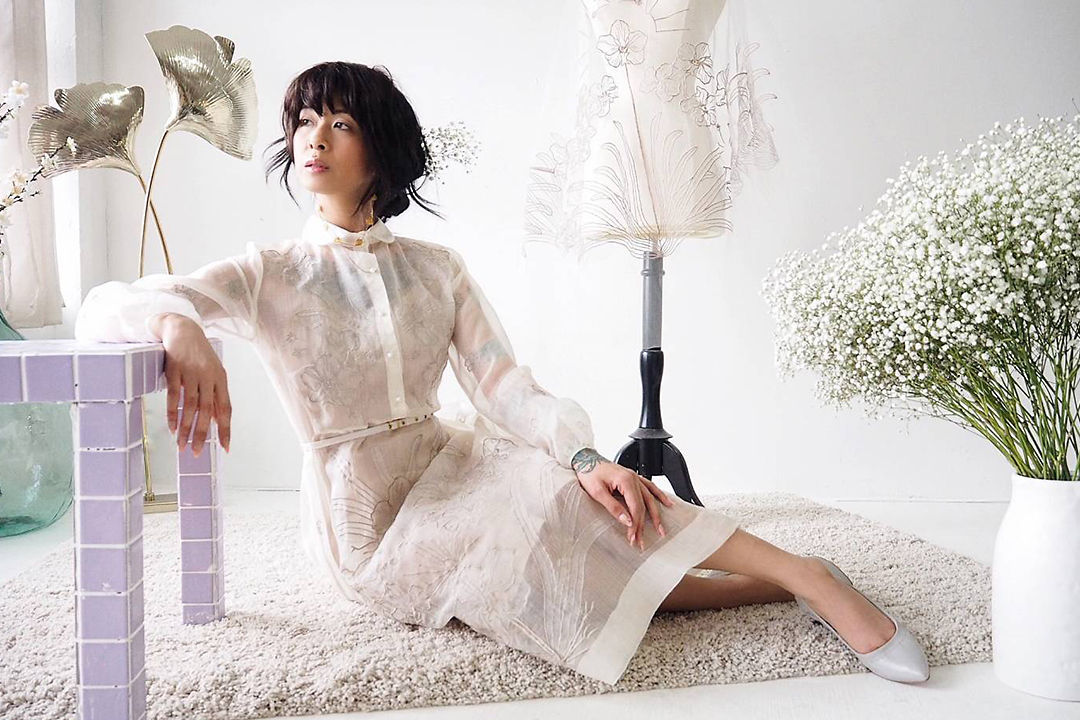
The Philippines has a long and rich history of fashion, including intricately embroidered designs, delicate, but durable natural fabrics, and sartorial inspiration from Spain and the United States. Today, many first- and second-generation Filipino Americans or Filipino Canadians want to celebrate their culture and heritage on their wedding day (whether they're marrying another Filipino or Filipina or having a multicultural wedding) and actively consider how to include it while wedding planning, attire, and gifts.
That’s where Caroline Mangosing’s Toronto-based modern Filipiniana label, Vinta Gallery, comes in. Originally founded in 2009 out of a Filipino community nonprofit, it began with a focus on traditional Filipino clothing such as barong tagalogs (elaborately embroidered men’s shirts made of thin or sheer fabric). In 2016, with its popularity fueled by word of mouth, Vinta Gallery relaunched as an ethical, for-profit e-commerce company specializing in Filipino wedding attire. Today, Canadian-bsad Mangosing works with Manila-based Filipino designer and couturier Estelita Lagman to create modern takes on traditional Filipiniana wedding gowns and other wedding attire.
In May, Mangosing launched her first Filipiniana wedding collection. Made to measure at the brand’s atelier in the Philippines, it’s a collection of simple, but detailed terno dresses, barong dresses, and men’s barongs. Each piece is versatile enough that you can accessorize to create your own personalized and unique look for your big day.
Mangosing believes that she’s the first, and perhaps the only, established designer making Filipiniana outside of the Philippines. “All of us immigrants wanted to be so American, and then now the second generation is like, ‘Wait, but we want to be Filipino’ because there's this uprising of people of color being empowered and wanting to know where they came from,” she says.
Here, find more information about Filipiniana, and learn how to create your perfect Filipiniana look on your wedding day.
What Is Filipiniana?
Filipiniana can refer to anything predominantly and uniquely Filipino, including culture, figurines, games, and fashion. In a fashion context, although Filipino attire has undergone many iterations throughout history, today the hallmark of traditional Filipiniana is the butterfly sleeves found on the terno dress, which are unique to Filipino fashion.
Mangosing’s key innovation has been to make the sleeves bendable so that her North American clients can wear a jacket over them without losing the sleeves’ distinctive shape. “I want the garments to be functional, and I want to be realistic to my consumers’ lifestyle[s],” she says. “Ternos are beautiful, but you can't take a subway in that dress.”
A Brief History of Filipiniana
The terno traces its origins to the baro't saya, traditional Filipino clothing worn by women that consists of the blouse ("baro" or “camisa”); a folded rectangular piece of fabric worn over the shoulders (“pañuelo” or “fichu”); and a short rectangular cloth ("tapis") wrapped over top of a long skirt (“saya”). In the early Spanish colonial period, women from Luzon and Visayas wore these garments in layers of stripes and checkered patterns as a display of wealth.
In the 1860s, the blouse eventually gained popularity with bell sleeves, which were replaced with butterfly sleeves in the 1920s. Terno comes from the Spanish word “to match,” referring to a matching set of clothes made of the same fabric, and by the late 1940s, the terno evolved into a single-piece dress with butterfly sleeves. The 1950s and ‘60s were the terno’s golden era, with movie stars and fashionable women donning the dress to special events.
Imelda Marcos, former first lady of the Philippines, also had a hand in catapulting the iconic Filipiniana dress into the global stage in the 1970s and ‘80s, earning her the nickname “the Iron Butterfly.” “Imelda Marcos was a gorgeous beauty queen of a first lady who wore ternos out like nobody's business,” Mangosing effuses. “If you've ever seen her photos, sartorially she kills.”
But, the Marcos regime was brutal, and it tainted the terno by association. “There was a big hangover once they were ousted [in 1986], and people only associated ternos with her. I was like, ‘That's horrible. Let's not let her take this away—let's take it back. It's ours, it wasn't hers.’” It’s no coincidence that #RebelFilipiniana is frequently hashtagged with Vinta Gallery’s designs.
Elements of Filipiniana
Filipiniana elements include specific garments and how they’re styled. Also known as the Filipiniana dress, mestiza dress, and Maria Clara dress, the terno is emblematic of the Philippines and the country’s movement toward modernity. A mantilla is a traditional veil or shawl usually made with lace or silk, worn over the head and shoulders. In addition, the tapis can be wrapped across the waist and fastened with a knot on one side, or the panuelo or alampay (scarf) can be worn across the shoulders to cover the chest or even donned as a head scarf.
Embroidery is another signature of traditional Filipiniana, and Vinta Gallery’s Barong Bestida features a design of Vanda javierae, an endangered species of flowering plant in the orchid family that’s native to the Philippines.
Filipiniana Fabrics
Piña is a fabric made from pineapple leaves that’s one of the distinct characteristics of Filipiniana fashion. Jusi is another type of Filipiniana fabric originally made from banana leaves. Both are light as air and allow the garments (and the wearer) to breathe, which is often essential in the heat and humidity of the Philippines. But in the dry North American climate, these natural, often expensive fabrics can become brittle. Vinta Gallery’s designs are made of silk organza, duchess satin, and even cotton.
Tips for Buying Filipiniana
Be As Detailed As You Can About What You Want Determining how to choose your wedding dress but Vinta Gallery makes it slightly easier to find your dream Filipiniana gown. Each Vinta Gallery piece is customized and personalized according to the bride’s preferences, so Mangosing says that it’s ideal if you already have a notion of what style you want, the look and feel of your wedding day, and the embroidery designs. “One of our favorite wedding-couple clients, both artists, came ready and prepared with the exact embroidery motifs they wanted for the terno dress sleeve and groom’s barong, which they researched and designed themselves!” Mangosing said.
Know Your Preferred Silhouette
Of course, you may not have a very clear idea of what you want in your wedding gown yet—and that’s perfectly fine, Mangosing says. “It's really a collaboration right from the get-go.” But, at the very least, “go to a bridal store and figure out what silhouette you want, what you think is going to look good on you. That’s the foundational decision, and then we can work together on all the little details.”
Ask Yourself the Following Questions:
- What would wearing Filipiniana mean to me?
- What type of Filipiniana wedding do I want?
- What is the feeling/vibe that I want for my wedding?
- What garments am I looking to get made (bridal gown, groom’s barong, entourage attire, etc.)?
- What type of wedding dress or silhouette would suit me best? (Mangosing recommends this helpful guideline on choosing the silhouette of your wedding gown.)
- Do I want embroidery and other embellishments (beading, etc.), or do I want something more minimal, with a plain fabric such as lace or satin?
- Do I want a veil? What type of veil do I want?
Give Yourself Plenty of Time
Mangosing advises a minimum of eight weeks for delivery after you submit your measurements and other customization requests. Most of her couture clients get in touch a year in advance (which she recommends), but allow at least four to six months for made-to-measure items to be crafted and sent from the Philippines. Keep this tip in mind while organizing other aspects of your big day, such as your wedding venue and wedding vendors.
By learning more about Filipiniana, you can better customize and tailor your wedding day look to your specific preferences, creating your own version of a Filipiniana-inspired wedding. “Just stay true to yourself and what’s most meaningful and authentic to you and your partner on your big day—and you can’t go wrong,” says Mangosing.
Filipiniana Dresses Inspiration
Need some inspiration for your Filipiniana wedding gown? Here are a few options to get the creative juices flowing:
Drape Front Terno, Vinta Gallery
Price: $1000
Looking to find the perfect blend between traditional Filpiniana and a modern wedding look? This gown takes the classic terno shape and modernizes it with elegant fabrics, like duchess satin and silk organza.
Barong Bestida (Vanda Javierae), Vinta Gallery
Price: $1500
While barongs have traditionally been known as male Filipino wedding attire, many modern designers are creating barongs tailored to women—including this design, which includes a structured top, bishop sleeves, and intricate embroidery on the bodice, skirt, and sleeves.
Banaba Flower High Neck Pleat Front Camisa and Saya De Cola
Price: $1400
Want a more dramatic look for your Filipiniana wedding gown? This stunning silk organza number, with its embroidered train and butterfly sleeves, may be just what you're looking for.
Up next for you
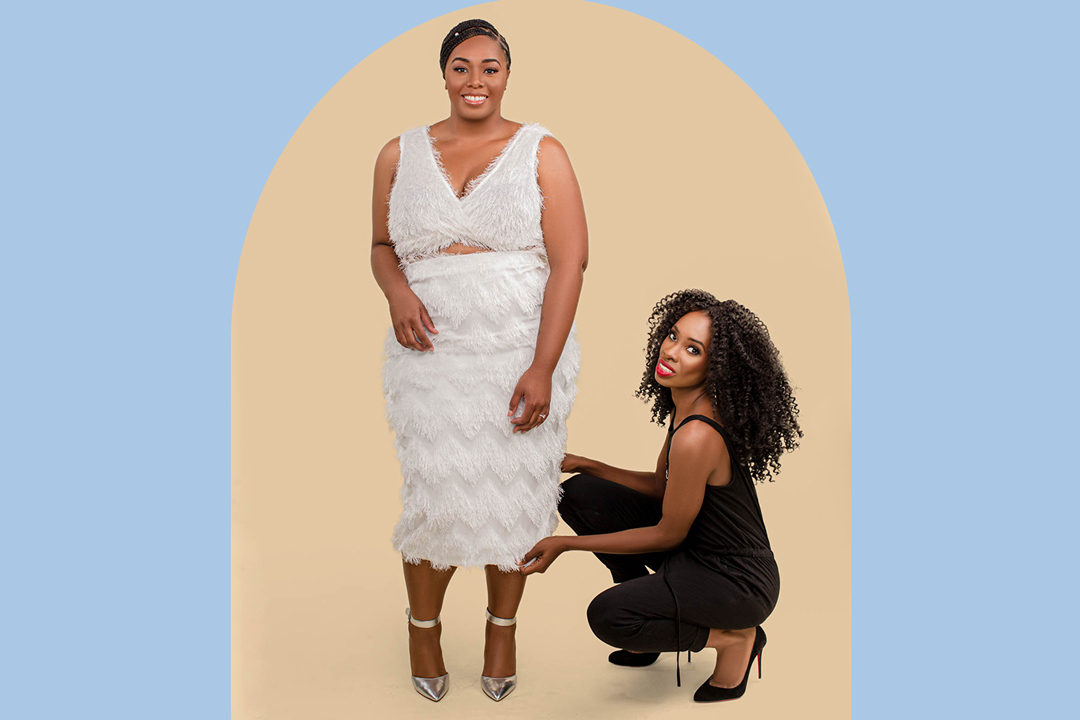
20 Black Wedding Dress Designers to Know
List
Looking to purchase your gown from a Black wedding designer? Check out some of our favorite designers with our latest article.

A Complete Guide to Wedding Attire for Grooms
Inspiration
If you’re not sure where to start when it comes to choosing wedding day clothing for men, check out our guide to groom’s attire.
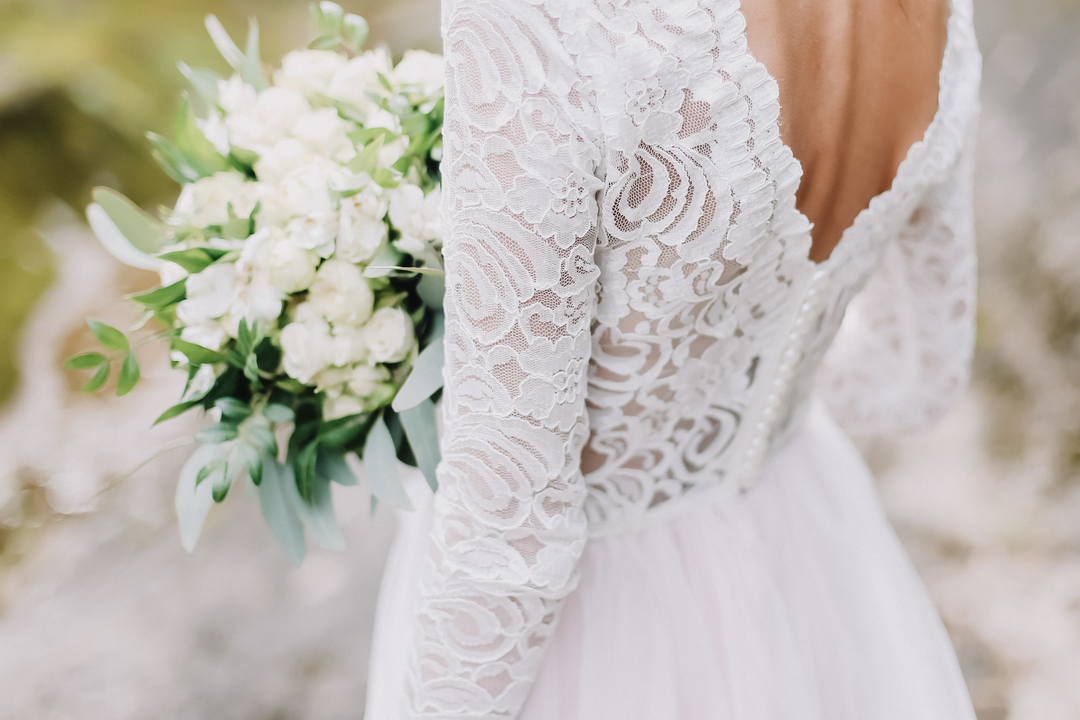
Classic Wedding Dresses For The Traditional Bride
List
Weddings are steeped in love, family, friends, and tradition. Take a look at these gorgeous, traditional wedding dresses to find your perfect fit with Zola.
Featured
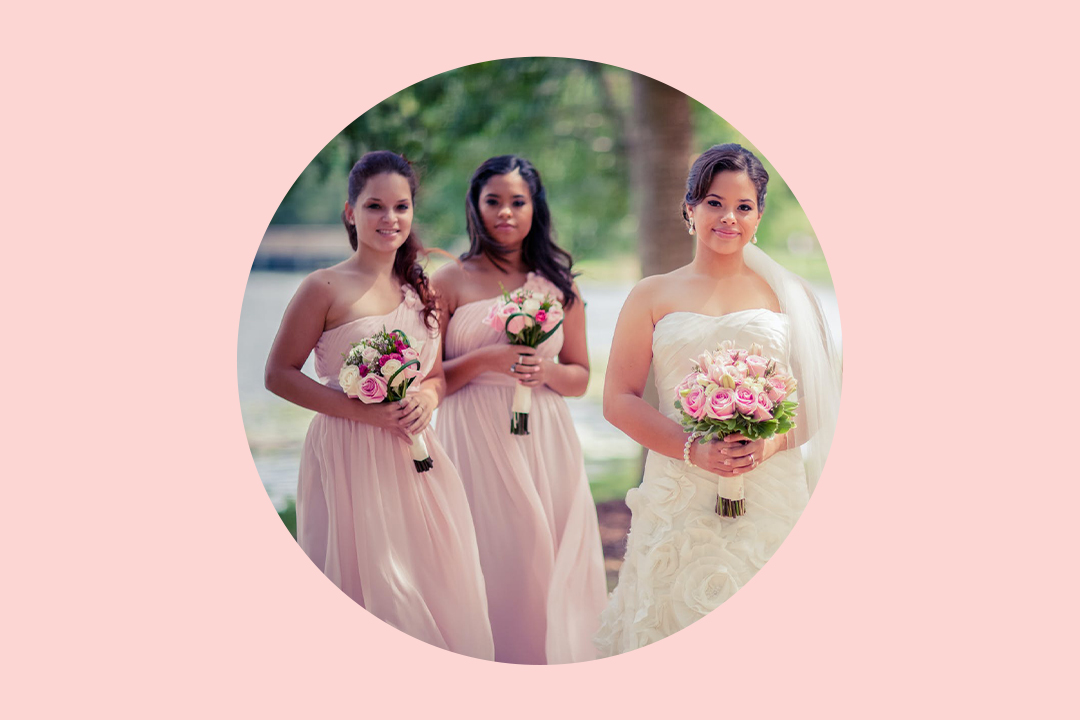
Guide to Bridesmaid Dress Styles
How-To
There are many different routes you can go with your bridesmaids’ dresses. We have come up with a guide to the different styles to choose from. Read on.
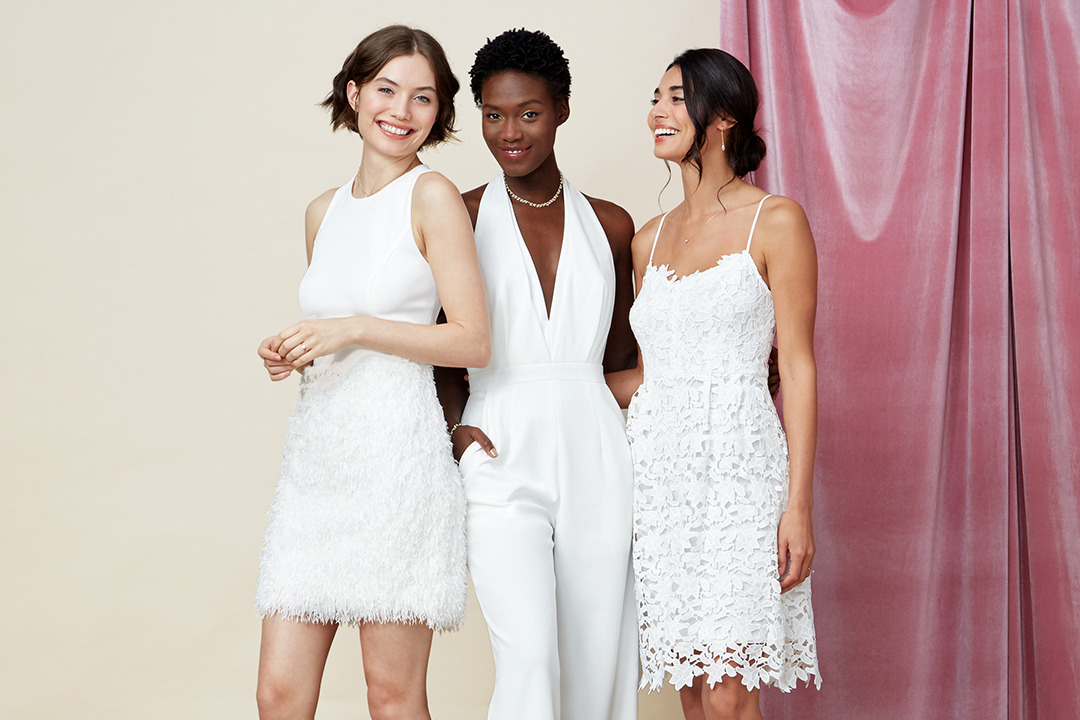
Pros and Cons of Buying Two Wedding Dresses
How To
If you’re thinking about getting more than one dress for your wedding, we’re here to guide you through everything you need to know.

Classic Wedding Dresses For The Traditional Bride
List
Weddings are steeped in love, family, friends, and tradition. Take a look at these gorgeous, traditional wedding dresses to find your perfect fit with Zola.
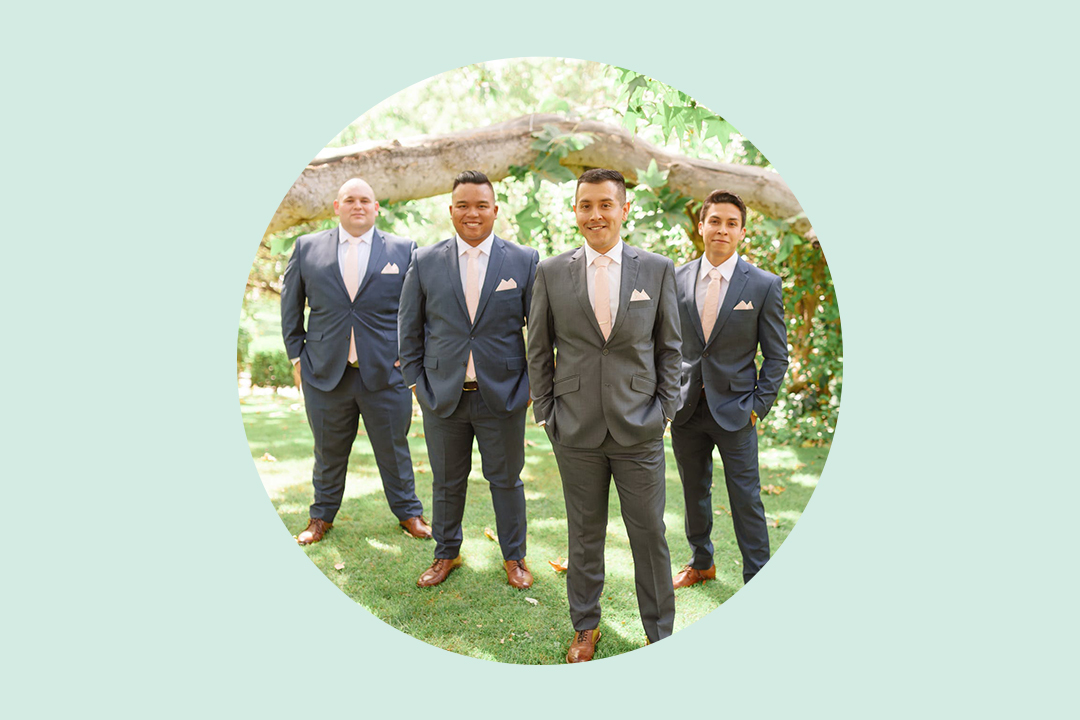
Cocktail Attire for Men: Dress Code Guide
How-To
Master cocktail attire for men with style tips and outfit ideas. Elevate your look for formal events with our fashion guide for the modern gentleman.
- Expert advice/
- Fashion & beauty/
- Wedding attire/
- A Guide to Filipiniana Wedding Dresses + 3 Ideas to Get Inspired
Find even more wedding ideas, inspo, tips, and tricks
We’ve got wedding planning advice on everything from save the dates to wedding cakes.